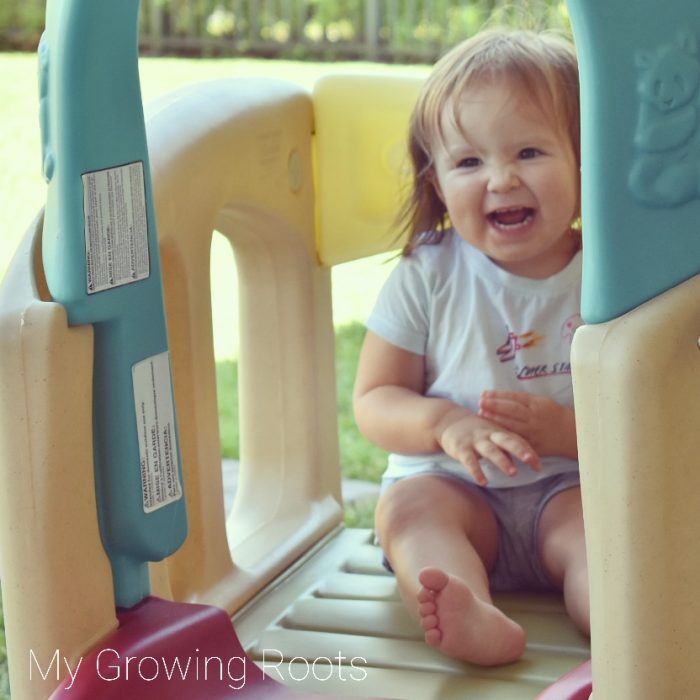There are many books, articles, blogs, and people that give you a guideline as to where your child should be at each stage of life. But who better to guide your child in the path of growth if it’s not you?
We all have goals, responsibilities, and drive to be the best we can be with a mind set to shine in parenthood… but where and when should it start?
It starts with you…. before birth. When the baby is in the belly, we are getting ready to embark on this new journey called “Parenthood”. There are many classes created to support the physical aspect of birth. Breastfeeding classes, birthing classes, even how to set up your baby room classes are available. But, what about the emotional aspect of it?.
One of the most important parts of becoming a parent is the emotional support you will be for this wonderful human being.
So, what does that require?
Your emotional state is very important, everything you do, your child will replicate as his or her way of learning the way life works. This includes what you love and what you don’t’, what excites you and what causes you fear, how you respond to your own life challenges and address them thereafter. Children record everything from the moment they are conceived by connecting emotionally and energetically to their mom, and after birth, they are constantly watching the movie of your life to help them identify what theirs will look like.
How do we teach them?
It’s all about teaching independence from a place of love. I am a Theta Healing practitioner. I help adults and children heal emotional trauma and release emotional blockages or beliefs that limit them from being their better selves. Through many years I have found many reasons why children and adults aren’t emotionally healthy, and I have found that most of it all comes from what they learned in their first seven years of life and what was instilled in them from their parents. A place of love can be reached when parents themselves live the life they promote.
So this is my 3 step recipe for an emotionally healthy child:
1. Teach them from a place of love
we are all wired based on our teachings from caregivers, coaches, family, society, and experiences from our own childhood. We can only teach what we know. So identifying what you lack and learning it or healing it is key.
We cannot teach from the same mindset that taught us, because we are constantly evolving and what was shown to us is not in the same place where we stand now.
When you teach from a place of love there is no judgment, no expectations, no control, no agenda, no comparison. This allows the child to express him/herself freely to explore their capabilities and abilities to their fullest potential without worrying if they met their parents’ expectations.
Teaching from a place of love also requires you to heal your own wounds, to release the learned behaviors from your childhood that caused pain or trauma. We mirror what is inside of us, including our emotional pain. From birth, children spend every moment of their life studying their parents, learning their behavior and learning through them what the world looks like. It’s not what we teach, but what we show. Love yourself so that they too do the same.
2. Learn who your child is
You will be surprised at how many parents do not know their children. Every child is different…. to observe is key. Learn their triggers, what makes them excited and what catches their attention. Use their strengths to push them forward and kindly work alongside them with their weaknesses so they too learn that everything has a balance in life. Allow them to fail, and watch for braking points. Show them failure is just a tryout or lesson for success and we must take the teaching from the lesson and release the story behind it. Life lessons are opportunities for us to learn and grow not life sentences or to punish ourselves.
Observing also helps you know exactly who your child is, not who you think they are or who you want them to be… observation lowers biased opinions and expectations. If there are no expectations then everyone is free to be themselves. By controlling who we want our children can sometimes create rebellious behaviors as they become angry and frustrated for not being accepted or allowed to be who they are.
When you learn who your child is in the essence of their true self, you can help them better in all areas- emotionally, physically, and spiritually. Observation not only comes from viewing but also listening. Listen to what they say and how they say it. Take time to have conversations, here is where they are their true selves. The more conversation you have, the more expression you receive. Promote communication. Even if a child doesn’t yet use words they are ALWAYS communicating.
3. Allow them to be themselves
In today’s society, being within the box is the norm. Some children are punished if they don’t stay within the box of guidelines to fit the mold of a perfect child. Freethinkers come up with great ideas; limited minds follow crowds and join the continuous hamster wheel of society.
Being themselves allows them to get to know what they like and don’t like, making them mentally strong as well as emotionally, in essence promoting independence and growth.
When children are allowed to be themselves, they develop their creativity, their will power, and their independence. By being themselves they are held accountable and therefore develop responsibility.
In Conclusion
At every stage the boundaries are different, but every stage has the opportunity for growth and learning. So help them push those boundaries with love, allowing them to show you who they are so they can be confident to show the rest of the world the same.
To help with all of these three steps, I have created emotionally supporting tools for children and parents to help heal, release, and grow into the best version of themselves. They promote healthy behavior, confidence, independence, and emotional balance. You can incorporate them into your everyday life allowing you and your family to have healthy loving relationships that will then reflect in your children and their development.












Read 2 comments and reply